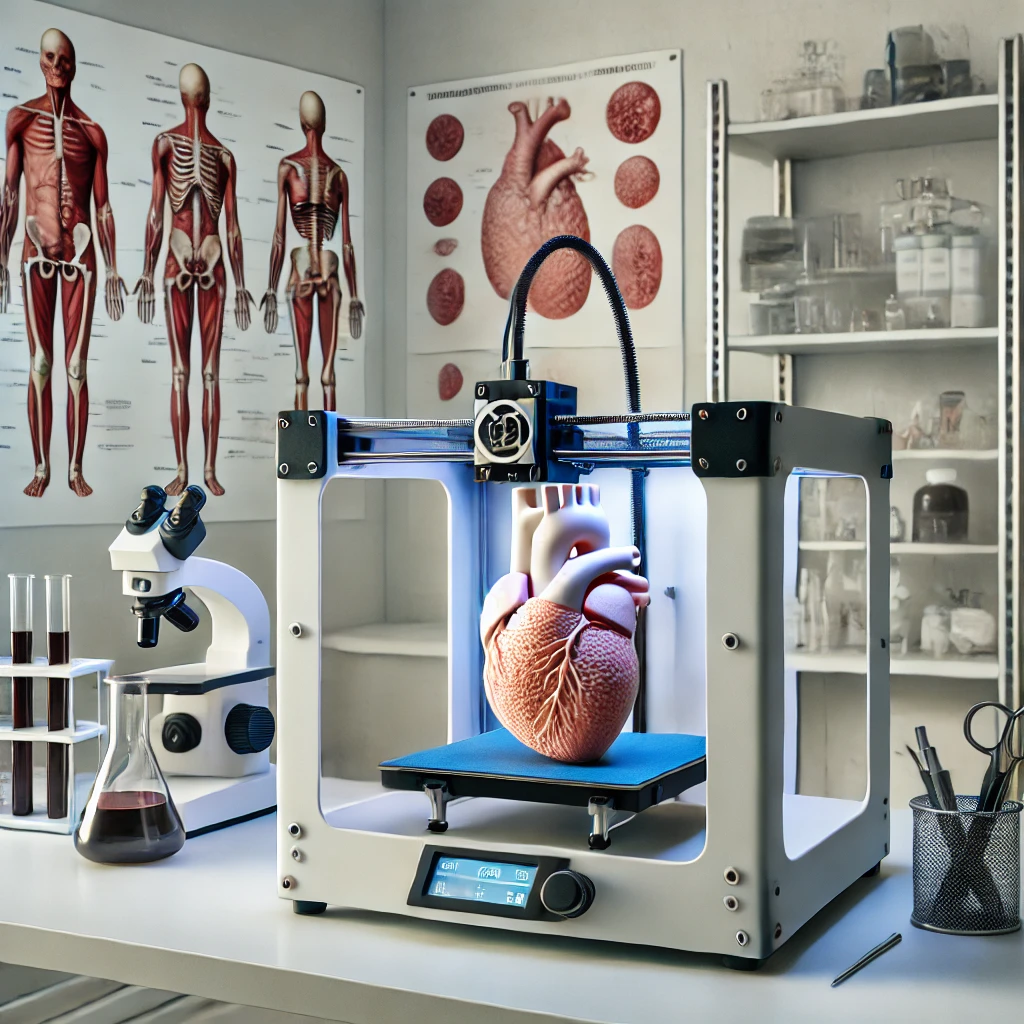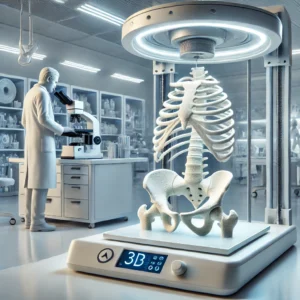Medical 3D Printing: Transforming Healthcare

Medical 3D printing is a game-changer in the healthcare industry, offering the potential to revolutionize patient care. From custom prosthetics and implants to bioprinting living tissues, the applications of 3D printing are limitless. This article explores the incredible ways 3D printing is reshaping modern medicine.
What is Medical 3D Printing?
Medical 3D printing involves the use of additive manufacturing to create complex medical devices, implants, and tissues tailored to individual patient needs. This technology has seen rapid adoption due to its ability to customize solutions, reduce production costs, and speed up the manufacturing process. Whether it’s creating dental implants or bone replacements, 3D printing is offering unprecedented precision.
Applications of 3D Printing in Healthcare
- Custom Prosthetics
Medical 3D printing allows the creation of highly customized prosthetics tailored to the exact anatomy of each patient. This not only enhances comfort but also improves functionality. With the advancement in materials, 3D-printed prosthetics can mimic the natural movement of limbs, offering patients a better quality of life. -
3D-Printed Organs and Tissues
One of the most promising applications of 3D printing is the bioprinting of human organs and tissues. While fully functional 3D-printed organs are still in development, researchers are making significant progress in creating tissues that could one day be used for transplants. This breakthrough could address the shortage of donor organs and save countless lives. -
Surgical Planning Models
Surgeons can use 3D-printed models of organs or body parts to plan complex surgeries. These models allow for better visualization, enabling more precise surgeries with reduced risk to patients. Hospitals are already utilizing this technology to improve outcomes in cardiac, orthopedic, and reconstructive surgeries.
The Future of Medical 3D Printing
As technology advances, we are moving closer to a future where personalized medicine becomes a reality. Bioprinting, in particular, holds the potential to create complex tissue structures and eventually organs. With continued research and development, the integration of medical 3D printing into daily healthcare could significantly improve patient care and treatment outcomes.
Challenges and Ethical Considerations
While the future of medical 3D printing is bright, there are challenges to overcome. Regulatory approval, quality control, and the ethical implications of printing human tissues need careful consideration. However, with the right regulations in place, these challenges can be addressed, making the path forward clear for this innovative technology.




